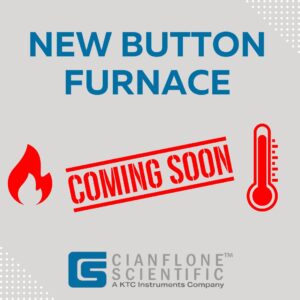Why is Metal Pretreated?
Automotive, Building, and Can industries use sheet metal which is often coated with a pretreatment for paint, over galvanized tin and zinc-coated sheet steel to eliminate unwanted oxidation, corrosion, and aid adhesion for paint. The coating is in most cases a chromate or titanium base solution that is applied directly to the metal with a precise thickness required for optimal results.
Metallic coatings protect other metals by providing a combination of barrier and galvanic protection. Steel has become one of the most versatile products, used in appliances, automotive panels, signs, buildings, and bridges. However, like other metals, steel is prone to corrosion.
When a metallic film is applied to steel, it forms an impervious barrier that prevents moisture as it dries virtually eliminating corrosion allowing for paint and other substances to adhere. This protection allows vulnerable metals to be used in a number of demanding applications that would otherwise render them unsuitable.
Four common methods for applying metallic coatings include:
- Electroplating. The coating is deposited onto the substrate metal by applying an electrical potential between the substrate metal (cathode) and a suitable anode in the presence of an electrolyte. The electrolyte usually consists of a water solution containing salt of the metal to be deposited and various other additions that contribute to the plating process.
- Mechanical plating. Finely divided metal powder is cold welded to the substrate by tumbling the part, metal powder and a suitable media such as glass beads, in an aqueous solution containing additional agents. Mechanical plating is commonly used to apply zinc or cadmium to small parts such as fasteners.
- Electroless. In this non-electric plating system, a coating metal, such as cobalt or nickel, is deposited on a substrate via a chemical reaction in the presence of a catalyst.
- Hot dipping. A coating metal is deposited on a substrate by immersing the substrate in a molten bath of the coating metal.
Once the ideal level of coating is determined, the optimum level of coating can be analyzed with the Cianflone Scientific PortaSpec® to confirm the correct metal pretreatment coating or need for adjustments while in production.
Contact Cianflone Scientific for your elemental analysis today!




